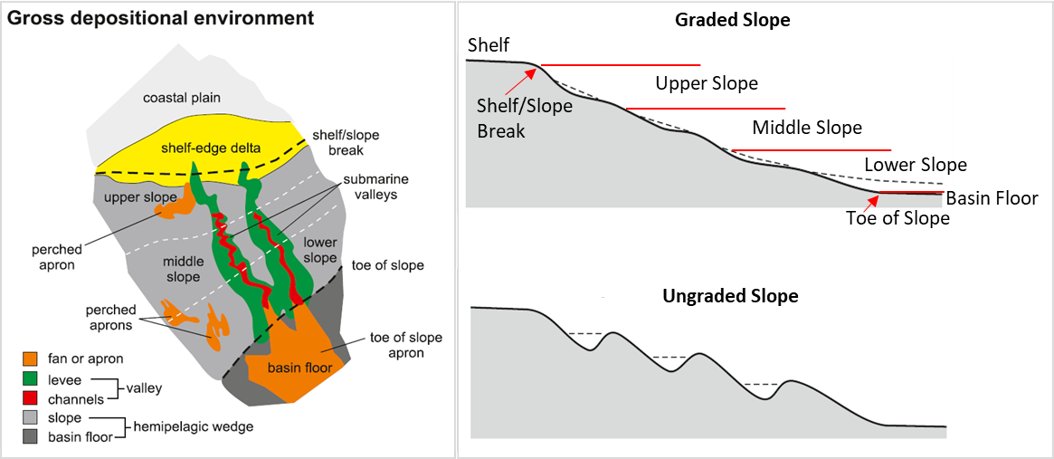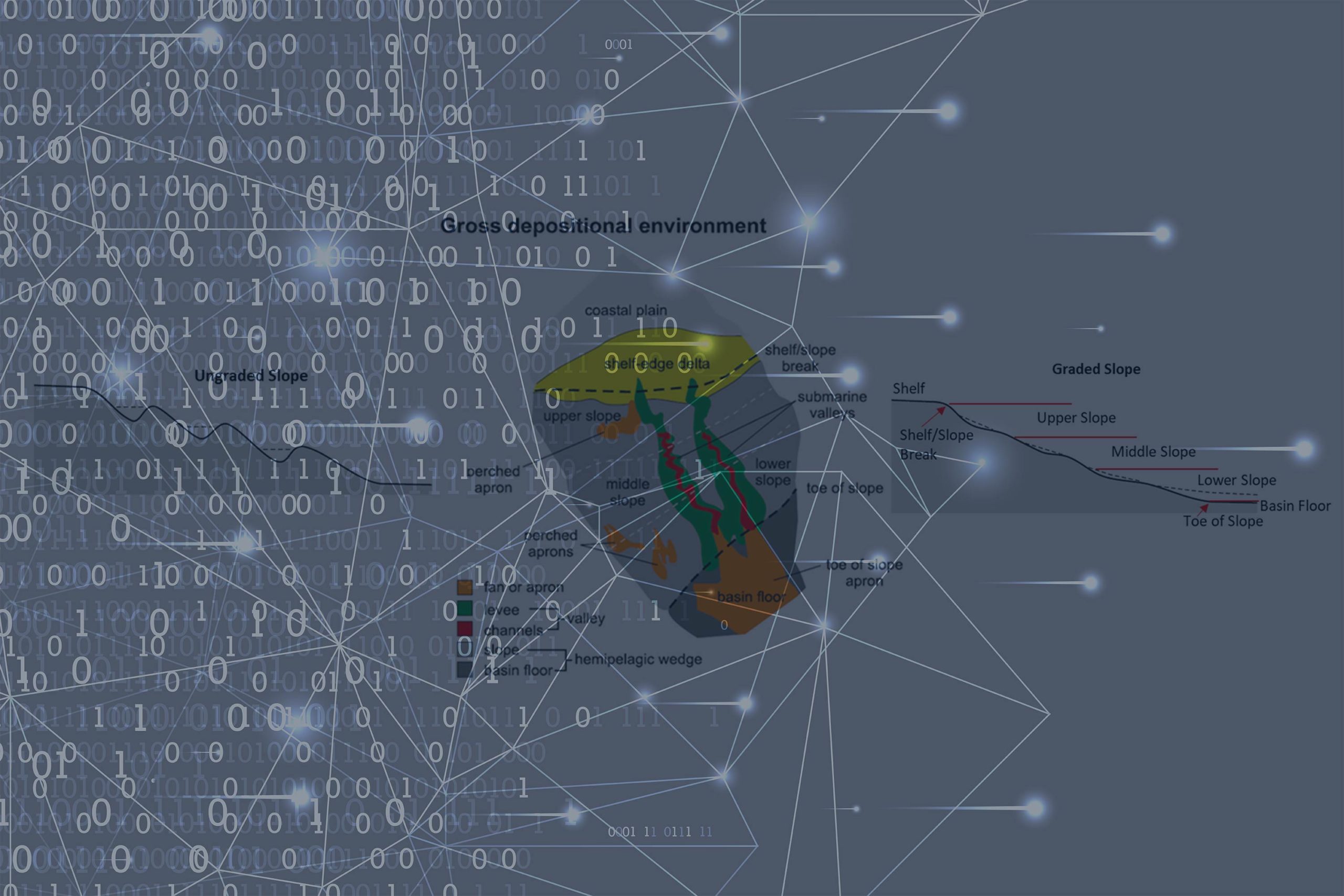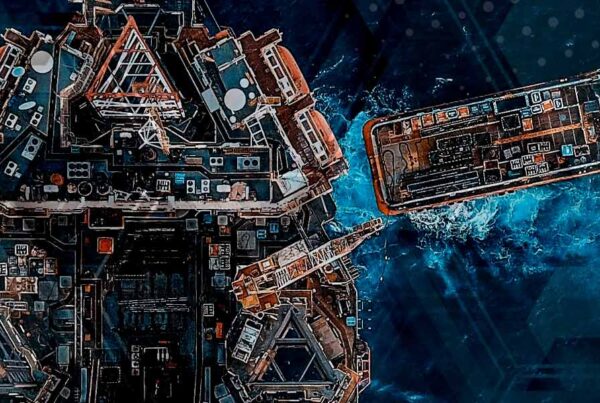Report Summary
More oil and gas was discovered in stratigraphic traps than any other trap type in the last decade. Excelling in stratigraphic trap exploration is now key to top quartile exploration performance.
Westwood has analysed 376 exploration wells that tested clastic stratigraphic traps between 2008 and end January 2020 in 66 basins and 113 different plays, to investigate stratigraphic trap exploration performance and understand the key success factors.
A total of 35 bnboe has been discovered in clastic stratigraphic traps since 2008, comprised of 22 bnboe (132 tcf) of gas and 13 bnbbl of oil. 75% of the oil resources and 95% of the gas resources was discovered in deep water.
Stratigraphic traps had a larger average discovery size and a lower drilling finding cost, compared to other traps types in the period. Stratigraphic traps had a commercial success rate in line with other trap types and second only to faulted traps.
The industry is getting better at exploring stratigraphic traps with the CSR for stratigraphic traps increasing in the 2017-2019 period compared to 2014-2016. The more effective use of seismic attributes and better integration with geological models has had an impact in some basins.
 Classification scheme used to describe location of the stratigraphic traps on the slope (Left) and type of slope (Right). Modified after Amy, 2019.
Classification scheme used to describe location of the stratigraphic traps on the slope (Left) and type of slope (Right). Modified after Amy, 2019.
Stratigraphic trap exploration has been geographically concentrated along the Atlantic margin, where 43% of the wells were drilled in 29 basins. Another 20% of the wells have been drilled in the North Sea. Only 18 basins globally saw more than 5 stratigraphic traps tested.
The most prolific basins were Suriname-Guyana, the MSGBC, the Rovuma-Rufiji and the Colville, where major new plays dominated by stratigraphic traps emerged in the period. Upper Cretaceous aged stratigraphic traps delivered 42 commercial discoveries, with a total of 9.3 bnbbl of oil and 39 tcf of gas, of which 7.1 bnbbl of the oil is in the Suriname-Guyana basin and 20 tcf is in the MSGBC basin. Oligocene plays delivered 7 commercial discoveries with a total 40 tcf of gas – of which 36 tcf was in the Ruvuma basin in Mozambique.
There were also notable disappointing campaigns targeting stratigraphic traps in the Carnarvon, Sierra Leone-Liberia and Central North Sea basins from which important lessons can be learned.
Marine turbidite sandstones in stratigraphic traps in passive margin settings were the most targeted delivering 90% of discovered commercial resources. Significant discoveries have also been made in stratigraphic traps with deltaic to shallow marine reservoirs and in foreland basins.
For marine turbidite plays, stratigraphic traps on graded slopes in the lower slope to basin floor settings performed best in terms of both discovered volumes and success rates. Finding stacked traps or areally extensive traps was key to commercial success.
Large commercial deep-water standalone discoveries in clastic reservoirs are now most likely to be found in stratigraphic traps and traps with stratigraphic components. Pushing the boundaries of plays further down the slope of passive margins and looking beyond deep-water passive margins may deliver the next wave of stratigraphic trap plays.
Contents
Summary
1. Introduction
Dataset and methodology
2. Geographic and Geological Context of Stratigraphic Traps
2.1 Geographical distribution
2.2 Reservoir age
2.3 Stratigraphic trap type
2.4 Depositional environments and sedimentary facies
2.5 Basin type
3. Stratigraphic Trap Exploration Benchmarking
3.1 Performance over time
3.2 Trap type benchmarking
3.3 Basin benchmarking
3.4 By play maturity
3.5 By position on the depositional slope
3.6 By geophysical attributes
3.7 By company
3.8 Field size distribution
4. Geological factors influencing performance
4.1 Well failure analysis
4.2 Basins with high success rates
Maturing Ruvuma Basin
Emerging deepwater Suriname-Guyana Basin
Maturing deepwater Tano Basin
Emerging Colville Basin
4.3 Basins with low success rates
Frontier Sierra Leone-Liberia Basin
Mature Central North Sea
Mature Carnarvon Basin
5. Geological factors increasing the chance of success
Location of stratigraphic traps on the depositional slope:
Graded versus ungraded slopes:
Stacked versus areally extensive stratigraphic traps:
6. Conclusions
References
Report Feedback
Disclaimer
For further information on the “Clastic Stratigraphic Traps – What has Driven Exploration Performance?” report, please use the form below or contact [email protected]





